El vídeo de arriba es para uso exclusivamente decorativo dentro de está página.
Emotions through Art
The research project that unites art, technology and health
What do we feel when we look at a work of art? What emotions are aroused by the colour, the composition or the look of a portrait? Although the experience of art is deeply subjective, our reactions can be measured and analysed.
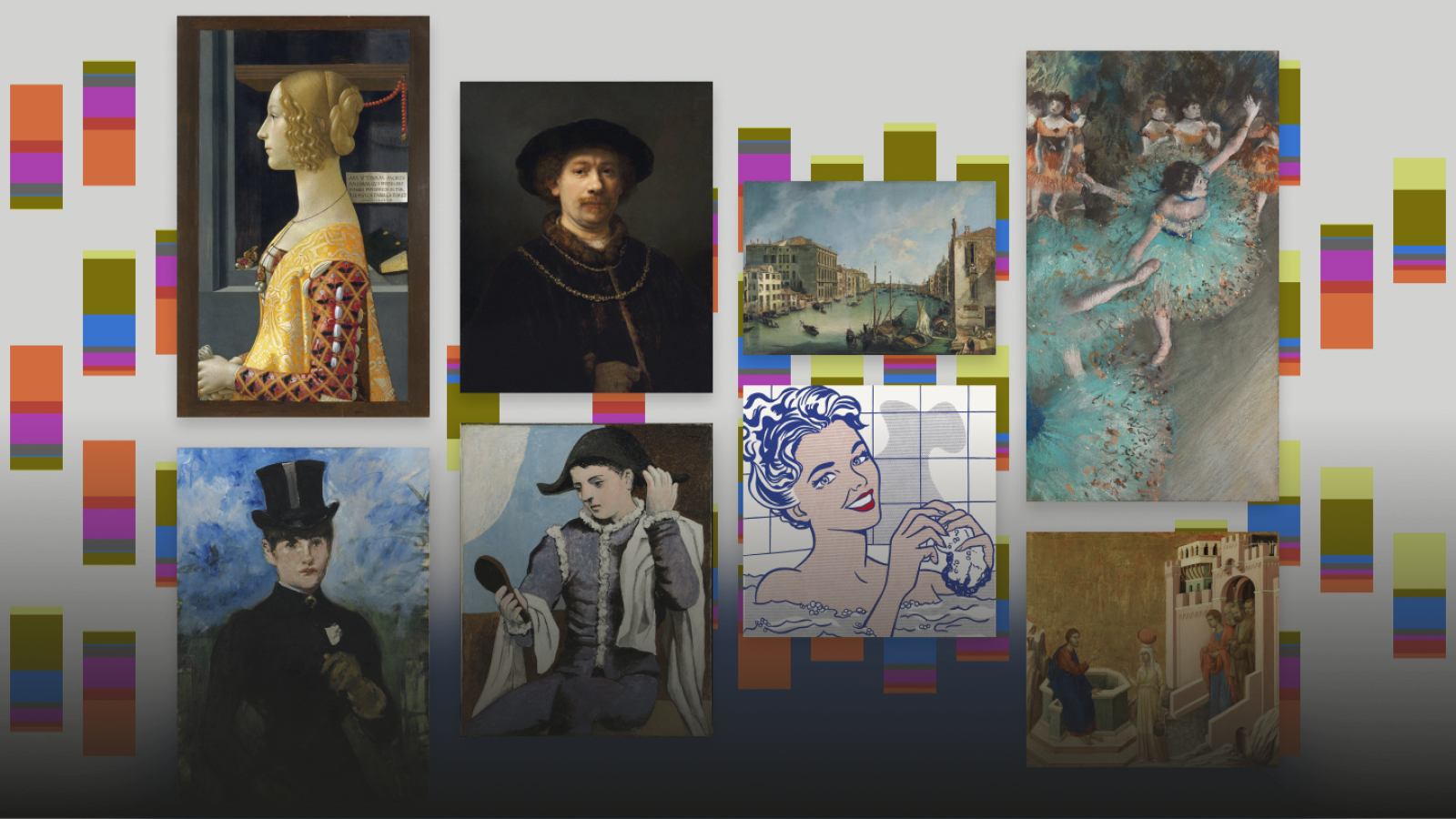
Emotions through Art
A pioneering project combining art, technology and health
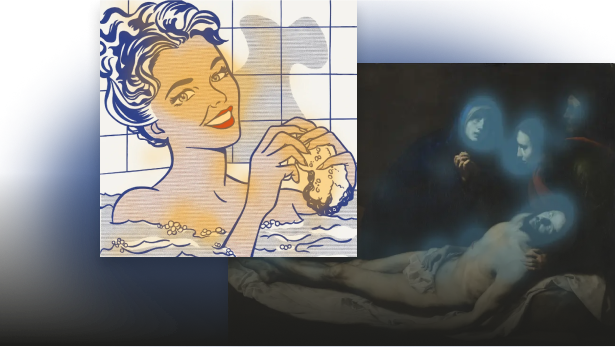
From a historical perspective, art has always been considered a vehicle for introspection, capable of evoking deep emotions and promoting reflection, but can it become a therapeutic tool that improves our quality of life?
With Emotions through Art, the Museo Nacional Thyssen-Bornemisza, the Universidad Rey Juan Carlos and Quirónsalud have sought to provide an objective and quantitative analysis of the emotions generated by the contemplation of works of art.
Using biometric, neuromarketing and behavioural analysis techniques, and with the help of artificial intelligence, we have identified the predominant emotions in 125 works from the Thyssen-Bornemisza collections, thus discovering the transformative power of art and its links with our emotional wellbeing.
Methodology
Find out how this project has been carried out
Participants
- The experiment was conducted over 8 weeks in a controlled laboratory setting.
- The sample consisted of 127 people: 67% women, 31% men and 2% participants who identified themselves in other gender categories.
- Their ages ranged from 18 to over 65 years.
- In terms of education, 60% had Master's or PhD degrees, while 28% had a university degree.
- Occupations were 66% employed, 15% self-employed and 8% unemployed.

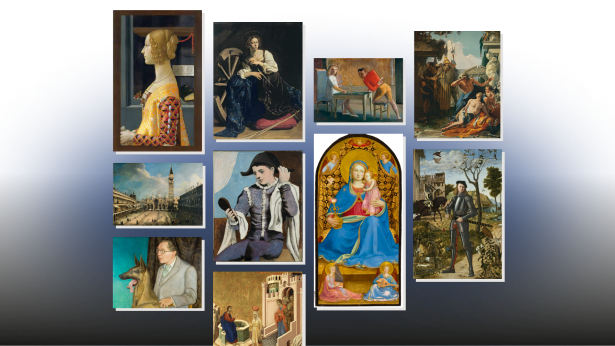
Selected works of art
Participants were presented with 125 paintings from the museum's collections, strategically selected through a controlled random process representing a wide variety of artistic styles and periods.
These works were organised into five separate streams, each consisting of 25 paintings. The assignment of paintings to each stream was randomised, and each participant was exposed to a stream of 25 works, also presented in a random order.
Biometric tools used
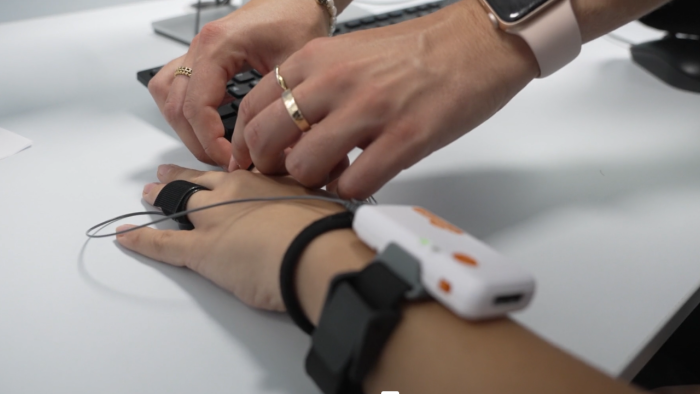
Galvanic Skin Response
It is used to record the electrodermal activity of participants. This is a technique that describes the electrical characteristics of the skin and the ease with which an electric current flows through it.
The changes detected in this activity reflected their physical-psychological responses, making it possible to identify the states of activation or arousal generated by the works presented.
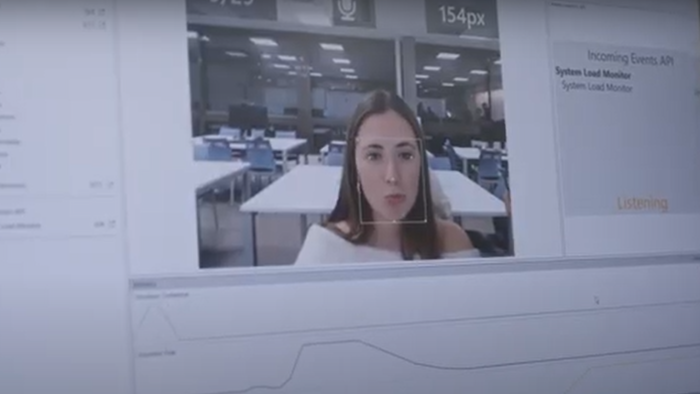
Facial recognition
This tool is used with the aim of decoding their facial expressions, thus enabling specific emotional states to be identified with high accuracy.
This facial recognition made it possible to analyse not only the visible facial expressions, but also the underlying muscle movements, providing a holistic view of their emotional state.
Eye Tracking
Where does the gaze go? This technique has made it possible to record parameters such as gaze focus, eye trajectories, speed of saccadic movements, fixation time and pupil dilation in response to the works in the museum.
The red areas of the attention map represent the areas of greatest visual interest. Human faces attracted more gaze and generated more emotional connection.
And finally, the Plutchik's wheel or ‘wheel of emotions’
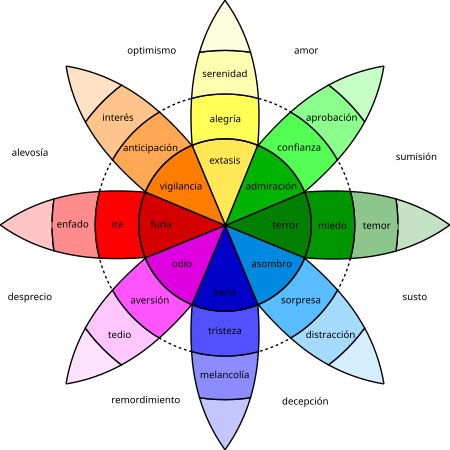
In addition to the biometric measurements, participants completed a self-report designed to rank their perceived emotions in relation to each painting.
This report used as a theoretical framework Plutchik's circumplex model of emotions, which organises emotions in a circular space according to their intensity and polarity.
Plutchick proposes that basic emotions, such as joy, fear, anger and surprise, are universal and deeply rooted in human biology.
Based on this model, participants in the exhibition were able to classify the emotions they thought they felt when looking at each of the 125 selected paintings, and their systematic structure allowed us to analyse how basic emotions, such as joy and surprise, interact to form more complex emotional states, providing a detailed insight into the participants' aesthetic experience.
Find out the results now
Based on the data obtained in the study, a unique interactive visual experience has been created to explore the emotions aroused by the works.
Coloured bars represent the emotions identified by the participants in the study. Each bar contains one of the seven emotions analysed: joy, aversion, contempt, anger, fear, surprise and sadness. You can filter by each of them and visualise how much of each emotion is present in the museum's works.

And the conclusions of the project
This study highlights the practical and applied possibilities arising from the intersection between neuroscience and art.
The combination of objective (biometric measurements) and subjective (self-reports) data has allowed for the validation of emotions identified through technological tools. In this way, advancing the understanding of human emotions can help in the creation of practical applications that harness the impact of art to improve people's health and well-being.

Joy, the winning emotion
Of the 7 emotions studied, joy, with 26.64 %, is the emotion most felt by the participants.
Practical applications that directly benefit society through works that have a positive emotional charge can help to improve the quality of life of patients, doctors, relatives and other support staff present in hospitals.

A new perspective on the collection
This study shows that colour and composition influence the emotions generated by the works in the collection. Warm tones and balanced compositions tend to generate positive emotions. While The Supper at Emmaus generates a contemplative and reflective interest, works such as The happy Violinist evoke more dynamic and active emotions, highlighting the diversity of emotional responses that can arise to different artistic styles and content.
These findings suggest that the specific visual characteristics of a work not only direct the viewer's attention, but also play a crucial role in generating conscious and unconscious emotional responses.
This new perspective on the collection opens up other lines of interpretation beyond its historical study.

Art, health and wellness
Emotions through Arthas shown that the emotions evoked by art can be reliably measured and classified. Thus, future research and practical applications can harness the impact of art to improve people's health and well-being.
The findings of this study provide a solid basis for exploring applications in areas such as education, emotional therapy and cultural experience design.


